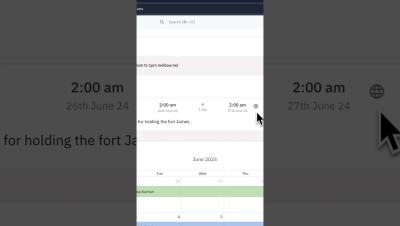A recap of 2024
In 2024, we focused on operating at a very high speed. Every week was a lot of tiny releases, meeting with users, fulfilling user requests and focusing on simplicity. Still an incredibly small team (< 10) but tons of releases. 2025 is going to be great but before that let's glance on the year gone. Read the 2023 recap.











